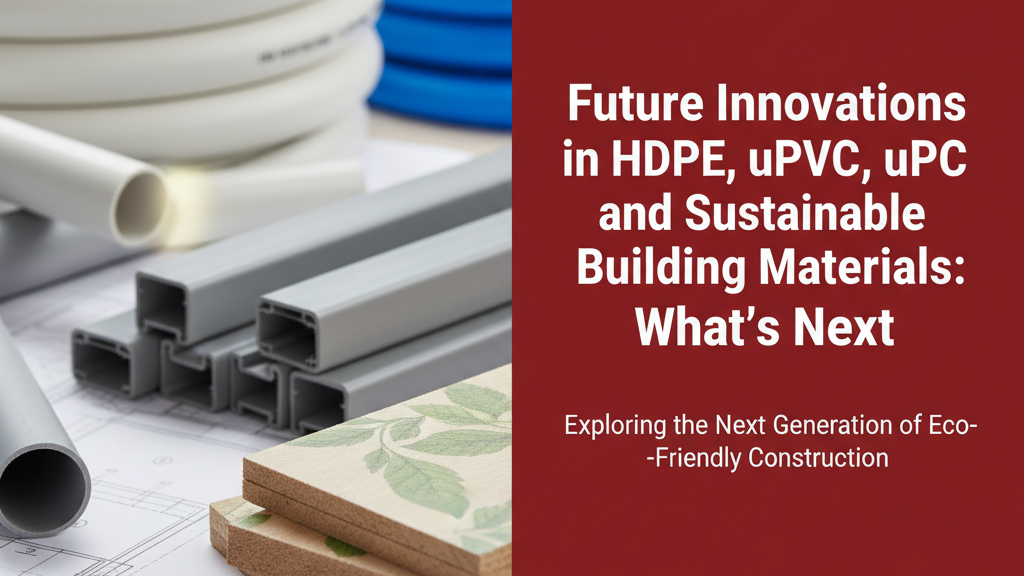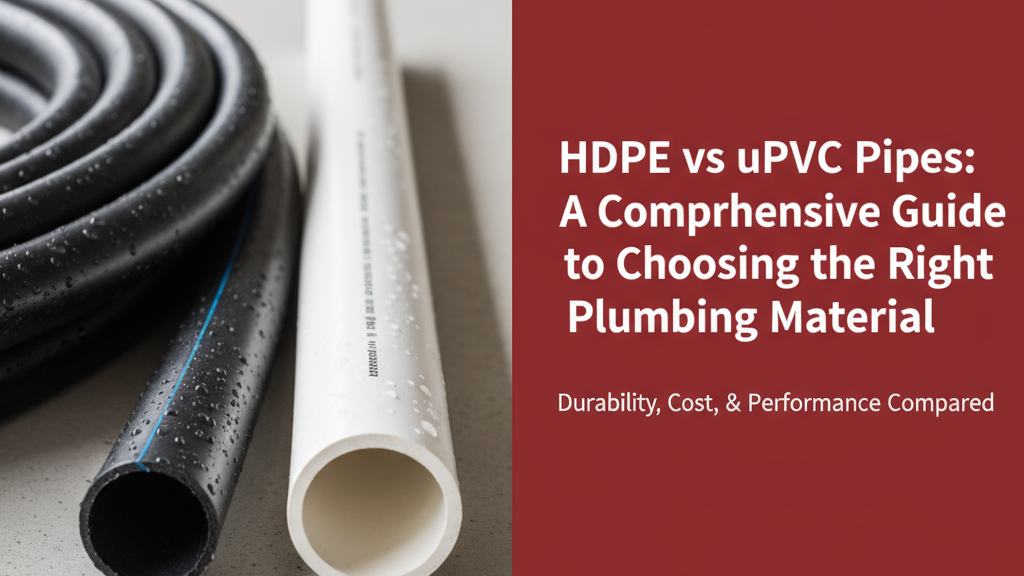The Rise of uPVC Casement Windows in Modern Homes
uPVC casement windows have become a preferred choice for Indian homeowners undertaking renovations or new builds, replacing traditional wood and aluminium alternatives. Their growth stems from adapting well to India’s climate extremes – from monsoon humidity to summer heat – while offering design flexibility suited to both contemporary and heritage properties.
Key Benefits of uPVC Casement Windows
uPVC casement windows provide distinct advantages over conventional window materials:
- Multi-chamber profiles: Hollow sections improve thermal insulation by trapping air (reducing heat transfer by ~30–50% compared to single-layer aluminium)
- Beefed-up security: Multipoint locking systems integrate with modern rods and shoot bolts
- All-weather resilience: uPVC withstands temperatures from -30°C to 60°C without warping or fading
Durability & Longevity
Properly installed uPVC casement windows typically last 25–35 years with minimal degradation:
- No corrosion, rot, or termite damage (unlike wood)
- UV-stabilised formulations prevent yellowing (retains 90%+ of original colour for 10–15 years)
- High-impact resistance (withstands wind speeds up to 150 km/h when reinforced)
Energy Efficiency & Insulation
The insulating properties of uPVC reduce energy costs:
| Feature | Benefit |
|---|---|
| Thermal breaks | Reduce conductive heat transfer by 60–70% compared to metal frames |
| Air-tight seals | Prevent drafts (air leakage < 0.5 m³/hr per linear metre at 50 Pa pressure) |
| Double glazing compatibility | Lowers U-values to ~1.8–2.2 W/m²K versus 5.0+ for single-pane windows |
Low Maintenance Requirements
Unlike wood, uPVC eliminates annual scraping/painting:
- Cleaning: Mild soap and water suffice (no abrasive cleaners needed)
- Hardware upkeep: Annual lubrication of hinges and locks maintains smooth operation
- Gasket care: Silicone-based sprays every 2–3 years preserve weather seals
Design Flexibility & Aesthetic Appeal
Modern uPVC windows accommodate diverse architectural styles:
- Mullion options: Slim 50–80mm profiles mimic steel-framed looks
- Colour choices: Beyond white – woodgrain foils (teak, oak) and dual-colour finishes (outer grey, inner cream)
- Customisation: Curved tops, T-format openings, and integrated grilles replicate period features
Case Study: uPVC Casement Windows Transforming a Victorian Terrace
A Siliguri homeowner replaced rotting wood casements with uPVC:
- Original state: Single-glazed wood windows with 40% heat loss and frequent repainting
- Post-installation: 68% reduction in summer heat ingress, exterior colour unchanged after 4 monsoon seasons
Before & After: Thermal Performance
Infrared images showed dramatic improvements:
- Winter: Inner surface temperature increased by 4–6°C, eliminating condensation
- Summer: Peak daytime room temperatures dropped by 3–4°C
- Acoustics: External noise reduced by ~25 dB (notable near busy roads)
Homeowner Feedback & Satisfaction
The residents noted practical benefits:
“We no longer wake up to dust settling on sills during dry months, and monsoon seepage has completely stopped. The windows require only occasional wiping – a relief after yearly wood maintenance.”
Comparing uPVC Casement Windows to Other Window Types
| Material | Maintenance | Insulation | Cost Over 20 Years |
|---|---|---|---|
| uPVC | Low | High | ₹1,200–1,800/m² |
| Aluminium | Moderate | Low | ₹2,000–2,500/m² |
| Wood | High | Medium | ₹3,000+/m² |
Installation Tips & Considerations
Proper fitting maximises performance:
- Masonry prep: Ensure reveals are plumb (tolerances < 5mm/m)
- Fixings: Use corrosion-resistant frame anchors every 400–600mm
- Sealing: Apply silicone sealant externally and expandable foam internally
- Drainage: Verify weep holes are clear and sloped away from the structure
Future Trends in Window Design
Emerging innovations include:
- Smart glass integration: Electrochromic panes adjusting tint based on sunlight
- Hybrid frames: uPVC-aluminium combinations balancing strength and insulation
- Acoustic models: Triple-sealed variants achieving STC 40–45 ratings



